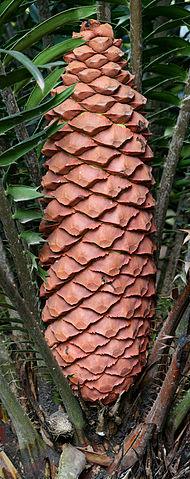Well, today was my first day as an Assistant Professor. I spent the day in orientations, learning about ASU, and swimming through a sea of Human Resources information. Overall, I'd say the day was good. My brain is a little drained tonight, but I wanted to let you all know that things are going well. So, what does that mean? The transition from postdoc to PI is only beginning, but let me give you an update of our academic nomad lifestyle.
The move from Berkeley to Tempe.
We had to pack up all of our things in May and move them to a temporary storage facility because our landlord wouldn't let us extend our lease two months. We searched and searched for a sublet for the summer, and a day before we had to move out, providence smiled, and we found a little studio apartment (yes, a studio for two adults, one 3yo, and a chihuahua mix). There were four things that made this sublet amazing: 1) it was less than a block to daycare (I cannot emphasize how wonderful that was); 2) It was about half of what we were paying in rent at our previous apartment; 3) It was one of the few places where the start & end of the sublet matched perfectly with when we needed it, and 4) It had a small fenced-in garden area for LittleBear to play in. So, all things considered, it was perfect for us.
Thanks for help!
That said, moving all of our stuff to temporary storage was less-than-ideal. Many, many, many, thanks to my lab mates who came out to help us load the truck (carrying down a flight of stairs inside and half a flight of stairs outside). Seriously, they rocked it. The movers came at the end of July to pick up our stuff from storage and loaded a truck to bring it to Tempe.
The move.
We split up the move into two days. The first day we drove from Berkeley to Irvine, CA. Then we stayed with some good friends there for a few days (not long enough!), doing a little work, playing some games, relaxing a bit, and even went to Disneyland! Then, we packed up again, and headed out to Tempe. The drives, both times, were marked with a little bit of worry, because LittleBear gets car sick, but with various techniques, we avoided any disasters.
Purple car.
Then, about 20 minutes from our new rental, we were rear-ended. Luckily most of the damage was to the car, and no one was seriously injured. A little shaken up, but all okay. I can't say the same for the purple pontiac, which was deemed "totaled" by the insurance company. It turns out that because the car was titled and registered in California, we'd have to drive it back to CA (in its unsafe condition) to get it re-tested, if we wanted to keep it, or the insurance company would give us more than we were expecting to take the car off of our hands. So, it is time to say goodbye to the purple car. Now, however, we need to also figure out which car, and how much to spend, to get a new (to us) car.
Getting set up in lab.
Getting things set up is taking a little longer than I expected, even to just get started, but everyone has been super nice, and helpful whenever I ask questions. So, I'm hoping once I get through orientations, and trainings, I'll be able to get up and going pretty soon.
Orientations and trainings.
So far I've taken a few trainings, and gone to a day of orientations. I'm happy about them. I want to know how not to freak out if I'm in front of a class and there's a fire. I want to be prepared to deal quickly and professionally with incidents of harassment (sexual or otherwise). I want to know who to contact and what to do to keep my lab members, my peers, and my students safe and healthy. So, no, I'm not upset about the time spent in the trainings. I think they are a valuable use of my time. The only thing I wish was that I had more time!
Glamorous?
Is it glamorous? No. But, it has been fun to meet so many new people, and start brainstorming new projects and grant applications (check back in on me about this one at the end of the Fall). I'll have an update for you at the end of the week, especially if I learn anything really cool in the rest of my trainings.







































